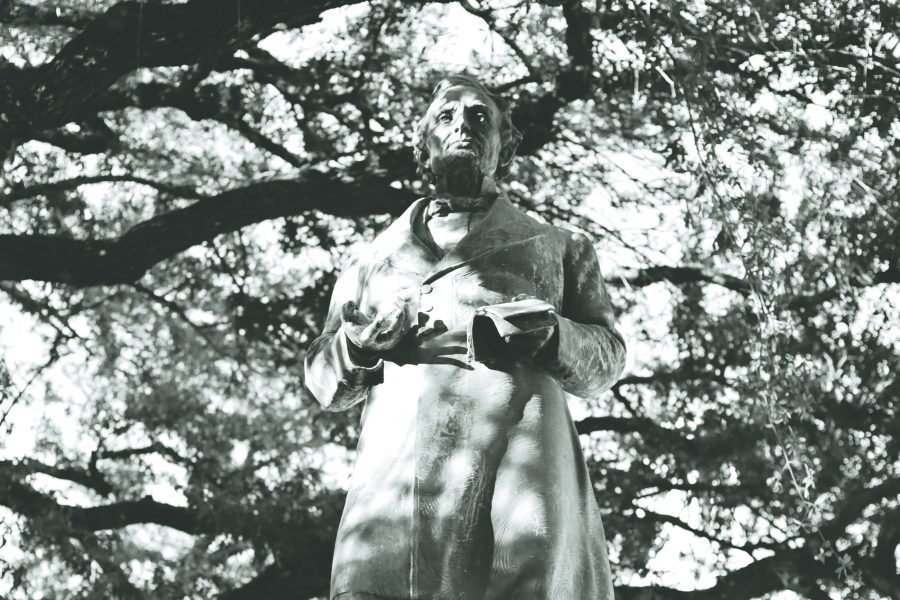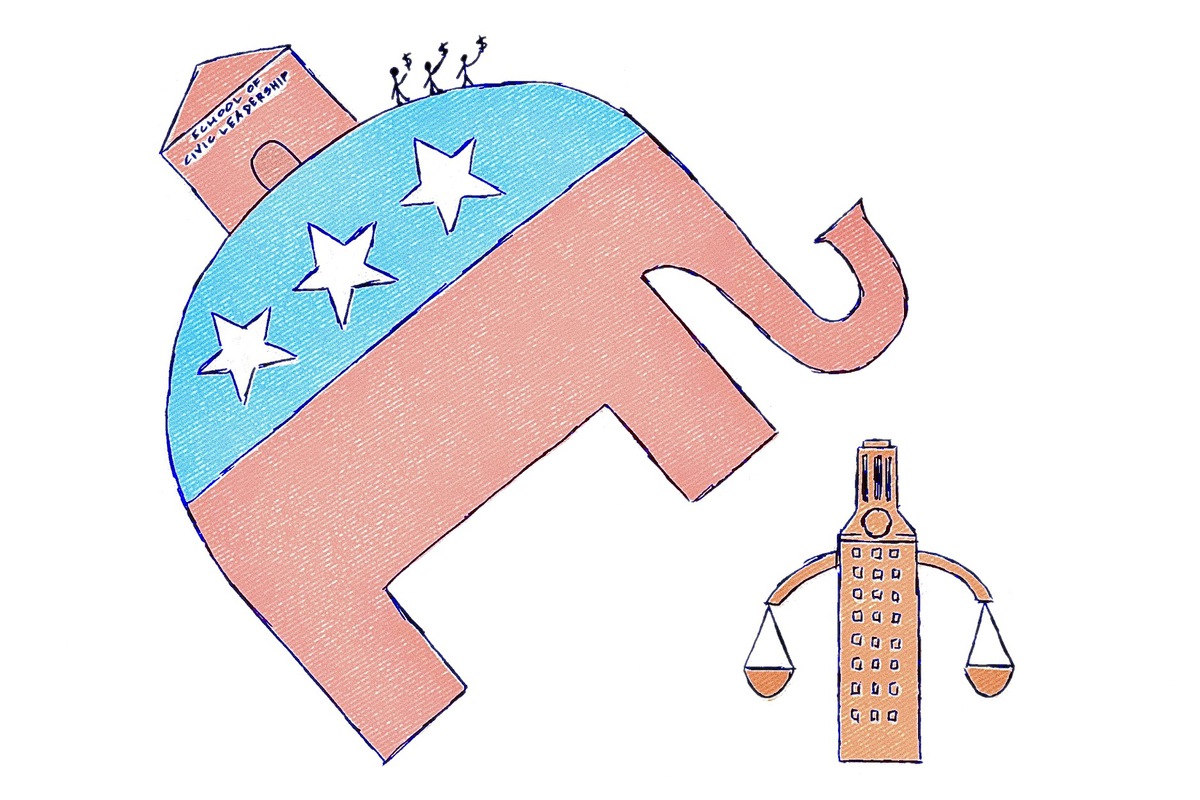Earlier this month, the desecration of a statue of civil rights icon James Meredith shocked the country and pushed back into the spotlight the issue of race at the University of Mississippi. In the ensuing coverage, several news outlets pointed out that the statue of Meredith, who became the first African-American to enroll at the University of Mississippi in 1962, is located only a few hundred yards from a monument to Confederate soldiers. That such seemingly dissonant memorials coexist on the same campus can be perplexing, and it would serve UT well to further examine what statues on the 40 Acres say about our collective history.
You could easily be forgiven for not being able to name the people whose statues adorn UT. On a campus that has the defining feature of a 307-foot bell tower piercing the Texas sky, some decorations understandably become background details. But if you do pay attention, you will notice that the idols that populate the 40 Acres reflect a disjointed, sometimes dysfunctional, history.
The monument to Barbara Jordan, another civil rights leader who became the first Southern black woman elected to the U.S. House of Representatives, stands near the statues of Confederate icons like Robert E. Lee Jr. and Jefferson Davis that populate the South Mall. The Martin Luther King Jr. and Cesar Chavez statues were both erected in the past 15 years, after the overt segregation that had once been the rule at the University had disappeared.
UT’s recent strides forward, as evidenced by the King and Chavez statues, stand in striking relief against the backdrop of Confederate heritage. In 2010 the administration renamed a dormitory, Simpkins Hall, which had been named for a prominent Klansman. Lawsuits lodged against UT for policies on race, such as Fisher v. Texas and Hopwood v. Texas, take objection with the University’s diversity policies, a far cry from the Sweatt v. Painter ruling that modified Texas’ “separate but equal” policy. Even President William Powers Jr. acknowledged in 2006 that the campus’ proudly displayed Confederate heritage has raised “understandable and legitimate concerns.” Powers formed an advisory committee to investigate if the statues should remain standing, which, as any UT student can attest, they still do. These developments, whether or not they in themselves are the best policies, reflect a University reconciling its dark past with a transformation into an institution that honors the diverse ideals upon which all educational institutions should be founded.
Although the statues on campus may be the most visible and obvious representation of a university’s values, it is ultimately up to the students to define the attitude of the campus and pressure the administration to reflect those attitudes. In light of the ongoing FBI investigation of the James Meredith statue vandalism, University of Mississippi student Caroline Connolly wrote in a caption on an instagram photo of the University of Mississippi campus that “what those three freshman did was not acceptable. They certainly do not represent the views of the Ole Miss community … I hope those young men learn their lesson as they’re being charged.” Those words should resonate well at UT, where students should understand and acknowledge both the proud and shameful parts of the University’s past while collectively moving forward.
Matula is a finance junior from Austin.





















